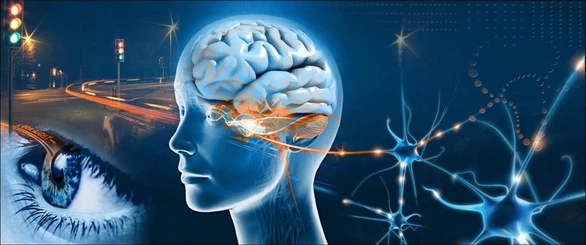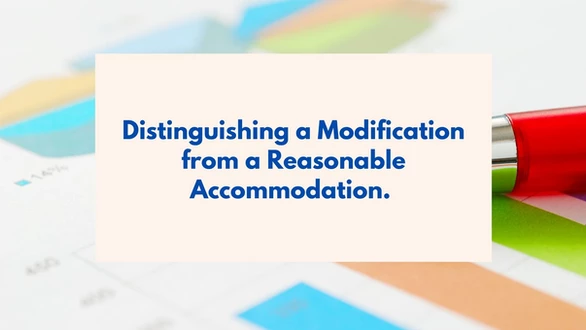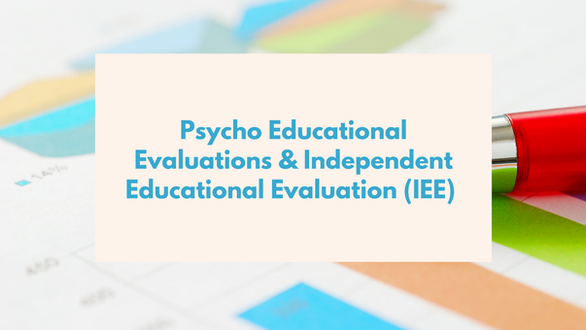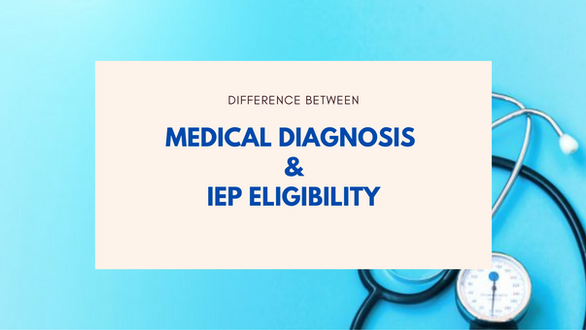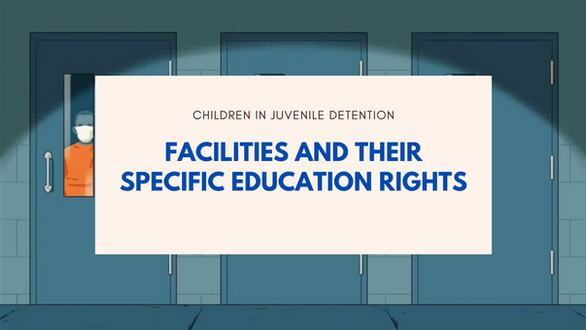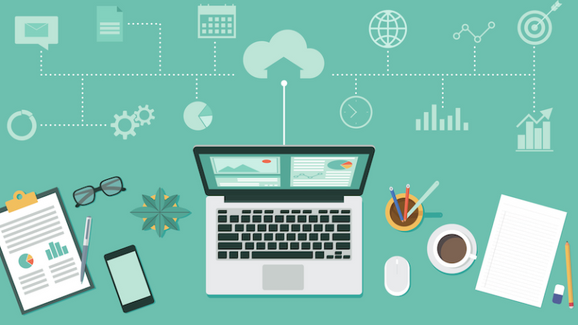Original Article by: KENNETH R. WEISS / TIMES EDUCATION WRITER
Date Posted : March 12, 1999
Education: Anti-cheating software is allowing schools to replace traditional paper exam pamphlets with laptops.
Remember the blue book in college?
No, not the one quoting resale prices of used cars.
Rather, think of the skinny booklet with those dreaded empty pages of lined paper that you had to fill during final exams. You spent hours hunched over them, furiously scribbling answers to essay questions. As the clock wound down, you bore down so hard the pen left a dent in your finger. Remember now?
Well, those exam booklets, after torturing college students with writer’s cramp for almost 150 years, may finally be on the way out.
They’re being replaced, of course, by the floppy disk.
Students at more than 100 universities–mostly those in law school–can now use their laptop computers to take midterm and final exams. They simply type answers onto the “virtual blue book” disk, which they hand in when the exam is over.
The list of universities using disks grows every week, as professors learn of software that blocks test takers from retrieving information or answers from personal files. Equipped with the same level of encryption security used by the Federal Reserve Bank, the software makes cheating impossible.
To students wedded to their laptops, the breakthrough offers blessed relief.
“I’m a bad typist but my handwriting is worse,” said Jennifer Hughes, a student at USC School of Law. “If I had to write exams by hand, it would make me look like a 13-year-old. I would die of embarrassment.”
Professors prefer it too. A computer printout is a welcome reprieve from the loathsome chore of grading that often seems more akin to archeology: trying to decipher the hieroglyphics that students scrawl on their exams.
“Even though I don’t want to be biased, I can’t help but share my love of reading a nice, neat exam,” said USC law professor Eric Talley.
To be sure, computerized testing has long been forecast as the wave of the future. But its use has been held in check by fear of cheating. It’s just too easy to pull up some answers or notes from the hard drive and tack them onto the exam with a few mouse clicks.
The Educational Testing Service, famous for its bubble answer cards on standardized tests, recently switched to computers for graduate school entrance exams–the GRE and the GMAT–which now include essay questions. But students are restricted to taking these tests on secured computers at Sylvan Learning Centers.
“Who knows what devilry they would get into if people brought their own computers,” said Tom Ewing, ETS spokesman.
But such mischief-making is no longer possible with software pioneered by a start-up company in San Francisco called ExamSoft. For last semester’s finals, ExamSoft provided disks for 50,000 essay exams around the country. This spring the number will double.
All this seems to mark the beginning of the end of the blue book, the long-standing emblem of the much feared essay exam.
Harvard Introduced Booklets in 1857
It was 1857 when Harvard’s faculty and Board of Overseers approved the first use of blue books in the New World.
The rationale was that this was a better test of a student’s analytic and writing skills than the traditional oral exams, said John R. Thelin, a University of Kentucky historian.
By 1865, Yale fell into line with written exams. Blue books spread from there.
Why blue?
Michele V. Cloonan has a theory. As chairwoman of UCLA’s Department of Library and Information Science, she believes they evolved from the cheaply produced, paper-covered school books, almanacs and novels known as the bibliotheque bleue, or blue library, in 18th century France.
Before the invention of chlorine bleach in 1774 revolutionized paper production, white books had to be made from white rags. Blue books came from blue rags, often from the old clothes of sailors.
Blue paper was the cheap stuff, used for the covers of throwaway books.
Indeed, blue books remain cheap, costing between 20 cents and 40 cents depending on the number of pages. The most popular form is eight sheets of lined paper folded in half and stapled with a blue cover. Voila! A 16-page booklet.
“It’s the cheapest way to construct a writing book,” said Jim Lucey, manufacturing director of Roaring Springs Blank Book Co. The family-owned company, which opened in Roaring Springs, Pa., 112 years ago, is one of three remaining major manufacturers. It produces 15 million to 20 million booklets a year. And, as Lucey notes, “They still have blue covers on 99% of them.”
Blue books have inspired angst, jitters and even campus lore, which isn’t surprising given what it takes to fill them: a semester’s worth of knowledge that will probably determine a final grade.
There’s the story of the tough classics professor at Brown who had a soft spot for intercollegiate hockey. Varsity squad members were advised to draw a pair of crossed hockey sticks on the cover of their blue books if they wanted a sure-fire A.
And there’s the urban legend about the clever cheat who shows up for the final with two blue books. He intentionally hands in the “wrong” one–the one he used to write a letter to his grandmother. Later, at home, he carefully pens his essay with the help of reference books and mails it to grandma. When she calls to ask why he sent her the essay, he feigns shock, “Oh My God, I’m dead.” Grandma then persuades the professor to accept her grandson’s essay.
Blue books tend to fade from the minds of college grads until something triggers old memories–like Barnard College fund-raisers. A few years back, the school mass-mailed blue books to alumni, heavily marked up with red ink.
Whether this awakened a dormant twinge of anxiety or more rosy memories of college days, the blue books brought in more donations from Barnard graduates than the usual appeal letter.
For Adam Wasserman, blue books symbolize nothing but dread.
Wasserman is dyslexic and has long struggled with reading and writing. Handwriting was even worse. He took to computers at 18 and made it through Hofstra University and Hastings Law School by persuading his professors to let him take exams on a computer.
But in 1995 he slammed into the rules of the California bar exam. No computers were allowed. No exceptions. So he brought in an electronic typewriter. On the third day of the grueling exam, the daisy wheel jammed.
“I totally freaked,” Wasserman said. He got partial credit for half of the essay he managed to yank out of the machine.
Wasserman passed the bar, but he never forgot the traumatic episode.
So, as an attorney for a software company in San Francisco, he hatched a plan with a neighbor–who happened to be a computer security expert–to develop software that would make cheating impossible on a laptop.
Soon they launched ExamSoft Worldwide Inc. from Wasserman’s living room. The company has lined up customers at law schools from Harvard, Stanford and Georgetown to Pepperdine, Loyola and UC Davis. Bar exams in a half-dozen states are now offering the option of using laptops.
Writing Difficult for Some Students
Students, especially those in law school, take notes in class on their laptops. They write papers on computers and communicate via e-mail. So to them, it seems like an unnatural act to set aside these machines during exams.
New York University’s law school used to urge its students to wean themselves from their keyboards a month before exams so they could relearn the motor skills needed to write legibly..
NYU has abandoned such notions and joined the pack of law schools jockeying to be seen as technologically hip. “Suffer from illegibility?” asks the Web site of nearby Columbia University Law School. “Now you can take your exam on your laptop computer!”
For now, ExamSoft seems to be the only company peddling virtual blue books. They work like this:
Students download software from the company’s ExamSoft.com Web site. Then, in the exam room, they are handed diskettes with test questions. The software blocks access to any information in the computer other than the questions.
If a computer is turned off, it takes a proctor’s encryption key to regain access to the test.
Once the disks are turned in, professors print out the answers.
“It’s been great for me,” said second-year USC law student Justin Ferrar, stroking his goatee. “I failed handwriting in first grade.”
A colleague, Michael Amerian, is trying not to give into the temptation of his laptop. “I didn’t want to get in the habit of using it, if I couldn’t use it for the bar.”
But Amerian may be holding out for no good reason. The New York bar exam will allow test-takers to use laptops next year, as will bar exams in Colorado, Georgia, Nevada and Connecticut. California’s bar exam had a successful trial run in June. It’s now watching how things go in New York.
Most students believe the keyboard gives them an edge in a test. They can type faster than they write by hand, allowing them to disgorge longer answers–a practice called “brain dumping.”
Perhaps, more importantly, the computer allows them to revise their essay, cut and paste passages, and clean up mistakes.
Yet Talley, the USC professor, does not believe computers necessarily improve students’ scores. He has checked every possible variable, including his own admitted bias for neatly typed essays.
In the end, his analysis showed only slight changes in student performance.
Students who usually do poorly scored a little lower using a laptop than they would have been expected to if they had handwritten the exam. Students who do well scored slightly higher.
Such findings don’t surprise Charles H. Whitebread, a USC law professor and author of “The Eight Secrets of Top Exam Performance in Law School.”
“If you know what you are talking about, you always want to type,” he said. “If you have no clue what you are talking about, you are far better to write it by hand. Any professor who cannot read your handwriting is more likely to give you the benefit of the doubt.”

